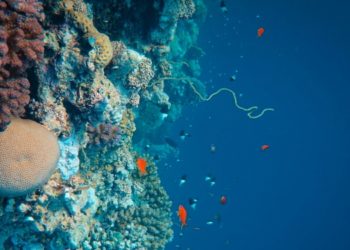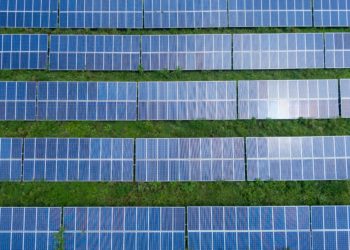We used to think that the problem was mainly about straws and bottles. Big things that float ashore. The reality is different. Microplastics do not only appear on beaches, but in the snow, on our roads and in our everyday lives. They are small and move with wind, water, and dust. The question is what to do about something we can hardly see with our own eyes.
Microplastics in Brief
Microplastics are tiny plastic particles under 5 millimeters that show up as fragments, pellets, films, foams, or fibres. They’re commonly grouped into two categories. The first is primary microplastics which are made small on purpose, like industrial pellets. The second is secondary microplastics. They form when larger plastic items break down through sunlight and wear. Major sources include tyre and road wear, paint flakes, and packaging debris. Microplastics are also released via stormwater and wastewater systems.
Because they’re persistent and tend to bind other chemicals, microplastics spread through water, air, and soil. Depending on their shape and density, some float near the surface while others sink and build up in sediments. Tyres wear against the road and leave traces that follow stormwater to watercourses. Paint flakes come off facades, boat hulls, and road markings. Synthetic textiles shed fibres even when worn and even more during washing.
WHO’s 2022 report compiles data on human exposure to nano- and microplastics through food, water, and air, and assesses potential health effects. It identifies major knowledge gaps and highlights priority for further research, to reduce uncertainties about the risks. The same year, plastic polymers were reported to be measured in human blood, which illustrates how far the particles travel.
Act on the Big Sources
Microplastic emissions largely arise from everyday activities laundering, driving, and painting, so the most effective fixes start at home and on the road. In the laundry room, use cooler, shorter and gentler programs. Load the machine properly, add an external filter, a drum filter, or a laundry bag to capture fibres before they reach the drain. Clothes made with denser fabrics and strong seams shed less. Repair, reuse as something else, and avoid glitter or plastic decorations that flake off.
Outdoors, tyre and road wear are major sources. Keep tyres correctly inflated, drive smoothly, and opt for lighter vehicles or other transport modes when possible. During renovation and painting, cover the ground, collect sanding dust, and take residues to recycling. Small paint flakes spread easily, especially outside.
Choose products that avoid disposables and unnecessary plastic. Favor refillable systems and items without added microbeads or glitter. Digital entertainment can also reduce plastic waste compared to gadget-heavy alternatives. For instance, fully digital casino options such as Mega Riches UK online casino keep everything on-screen without compromising the experience.
For drinking water, WHO emphasizes evolving evidence and the need for better risk assessments. At home, use a clean reusable bottle and choose tap water where quality is high, to cut plastic and transport impacts.
Focus efforts where emissions are the largest, like tyres, textiles and paint. Household habits and local actions in combination will reduce particles entering nature and steadily improve water quality. Step by step, we can turn the tide.
David Prior
David Prior is the editor of Today News, responsible for the overall editorial strategy. He is an NCTJ-qualified journalist with over 20 years’ experience, and is also editor of the award-winning hyperlocal news title Altrincham Today. His LinkedIn profile is here.













































































